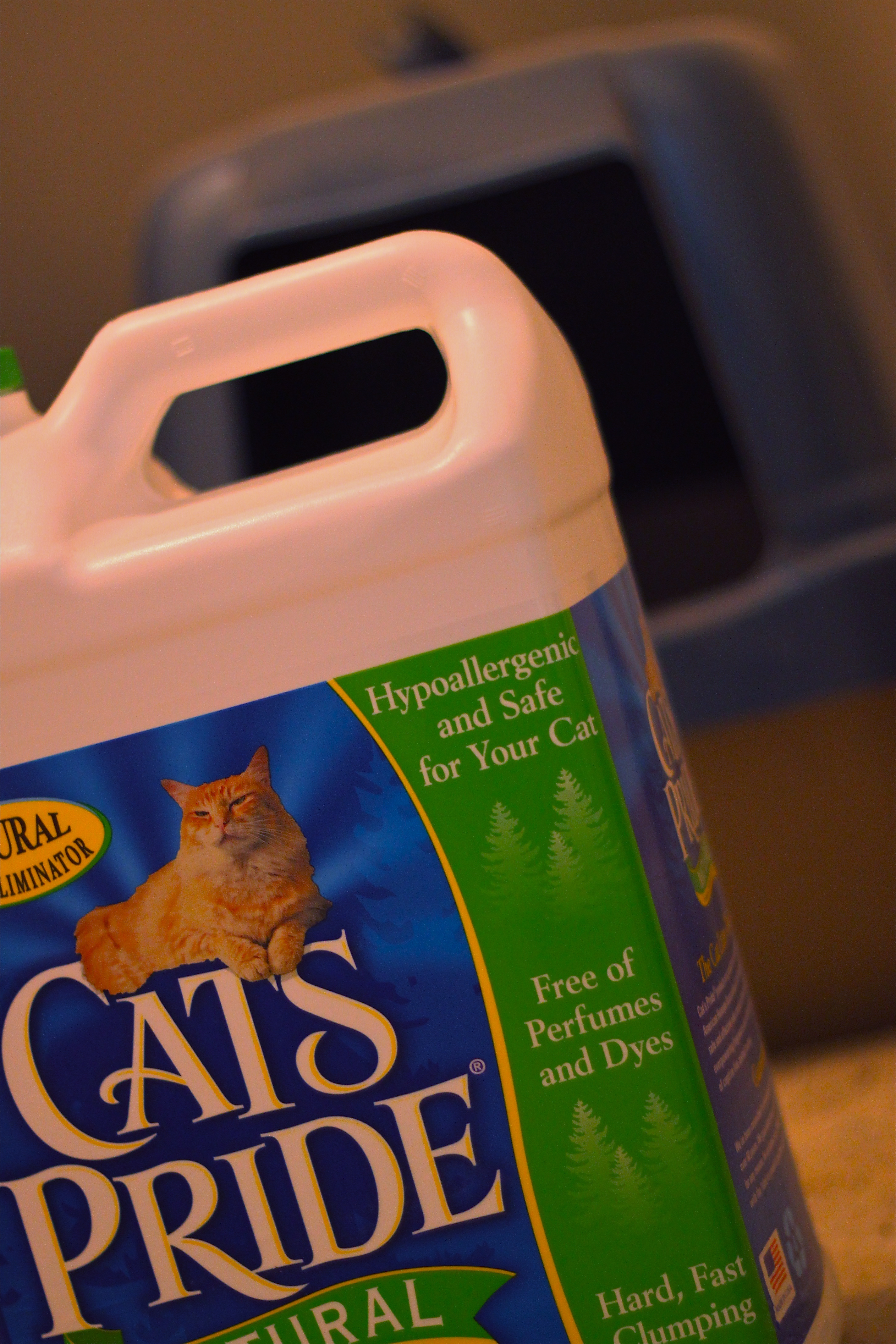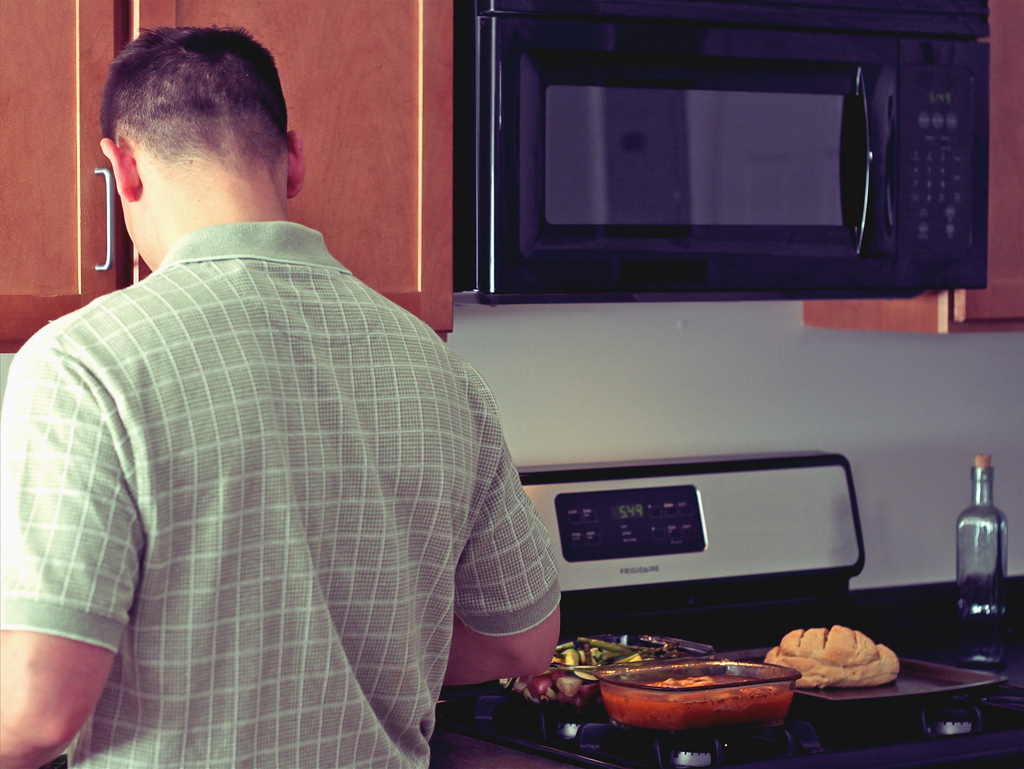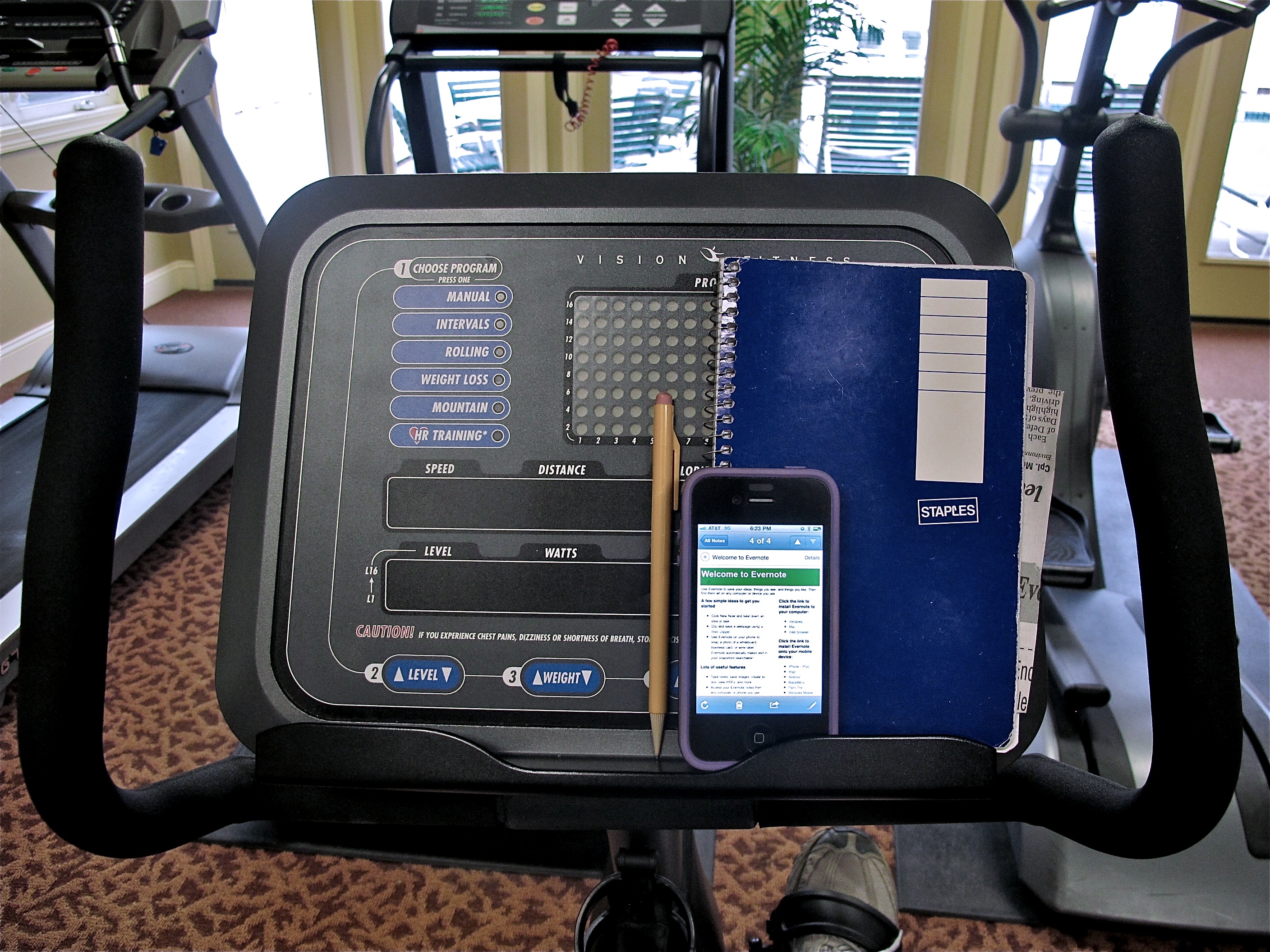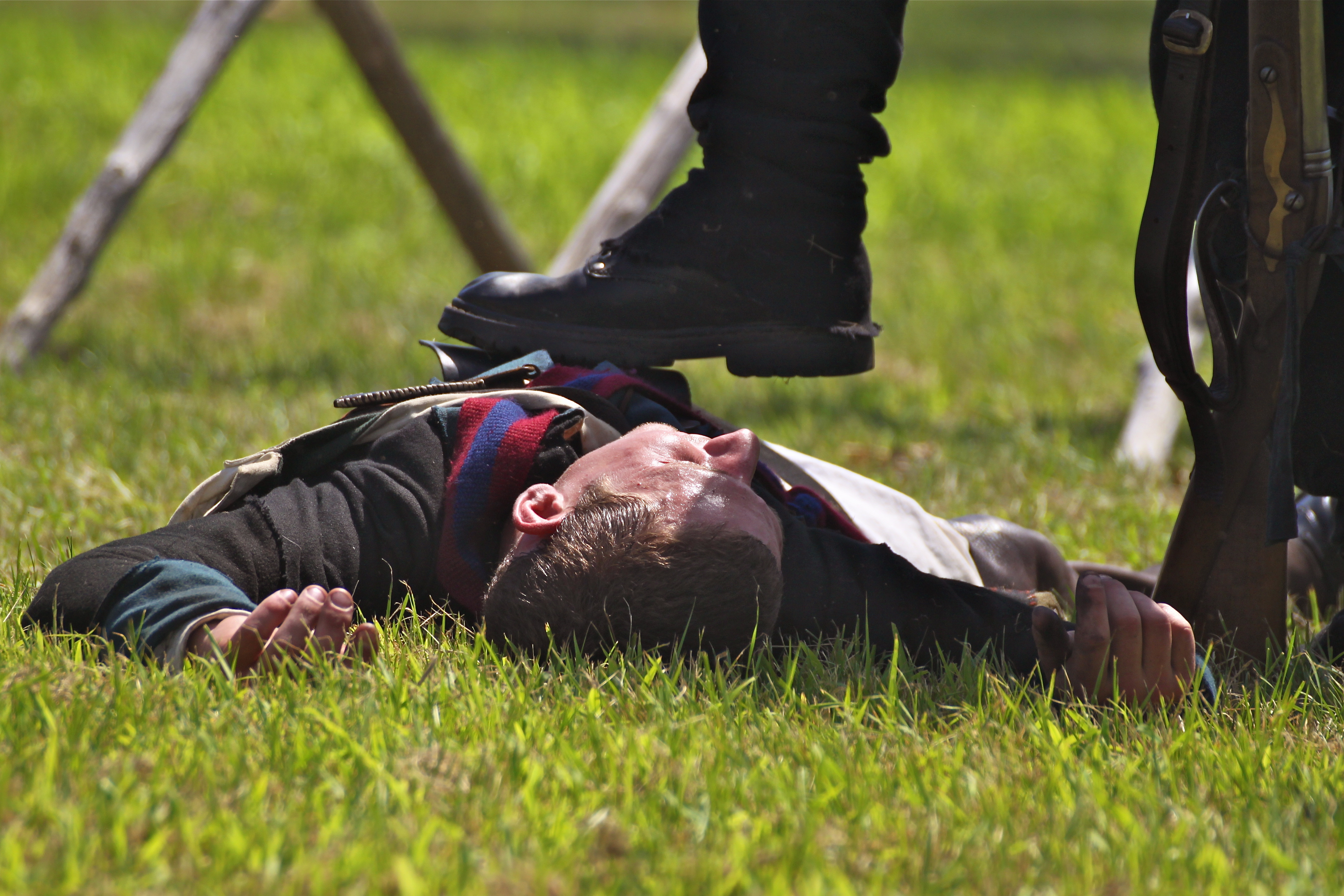Last week was busy again, with writing and editing. At 9:30pm on Friday I finally finished a long edit on an article for an ESL client – it was a good feeling to return it and relax with a glass of wine!
Now I’m just starting my Sunday with some coffee before I head out to the gym. It looks like we’ll be having another beautiful day here, so hopefully I’ll get outside later to enjoy the sunshine.
Hope you get to have an enjoyable Sunday too.









![fig temp 6col 2 across [Converted]](https://www.parrymedicalwriting.com/wp-content/uploads/2011/07/bronchio.jpeg)
Follow Me!